Do you know? The Global apparel market currently stands at 1.7 trillion dollars in the USA. To add more, a recent insight conducted by McKinsey & Company showcased that the fashion industry is set to face economic headwinds, encounter technology upliftment, and make a change from the year 2024 onwards.
And why not? With everything shifting online, the eCommerce industry is the major one to experience the change. How? Let’s look at one of the most renowned fashion brands– Zara.
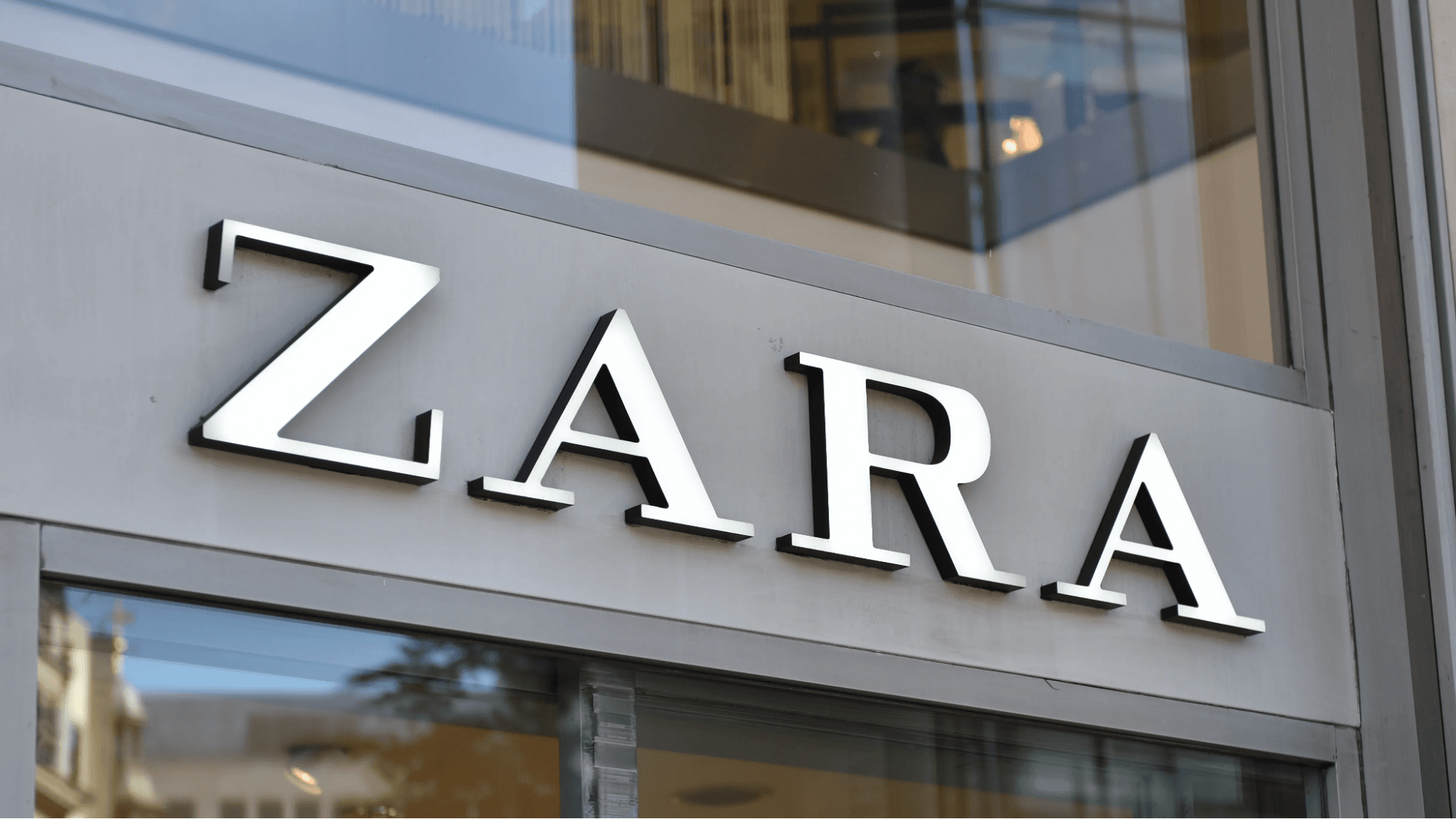
Zara’s success story began in 1975 by Amancio Ortega in Galicia, Spain. From starting with just 30 Euros to owning nearly 7000 stores across the globe, the fashion brand has come a long way with a net worth of 11 billion US dollars, as stated by Statista in the year 2023.
Today almost half of the population not only wear Zara but also adore its style and design which by the way keeps changing like a chameleon. As a fashion business owner, you must be willing to become a face of the eCommerce industry just like Zara, did we catch your mind on this?
If yes, then here is your chance to get started with your vision and create an eCommerce fashion app like Zara that runs successfully on both iOS & Android devices and is cross-platform compatible.
Why Are People Loving The Zara App So Much?
You somewhere down the line must have had this thought “What makes Zara so special?”. Here is the answer!
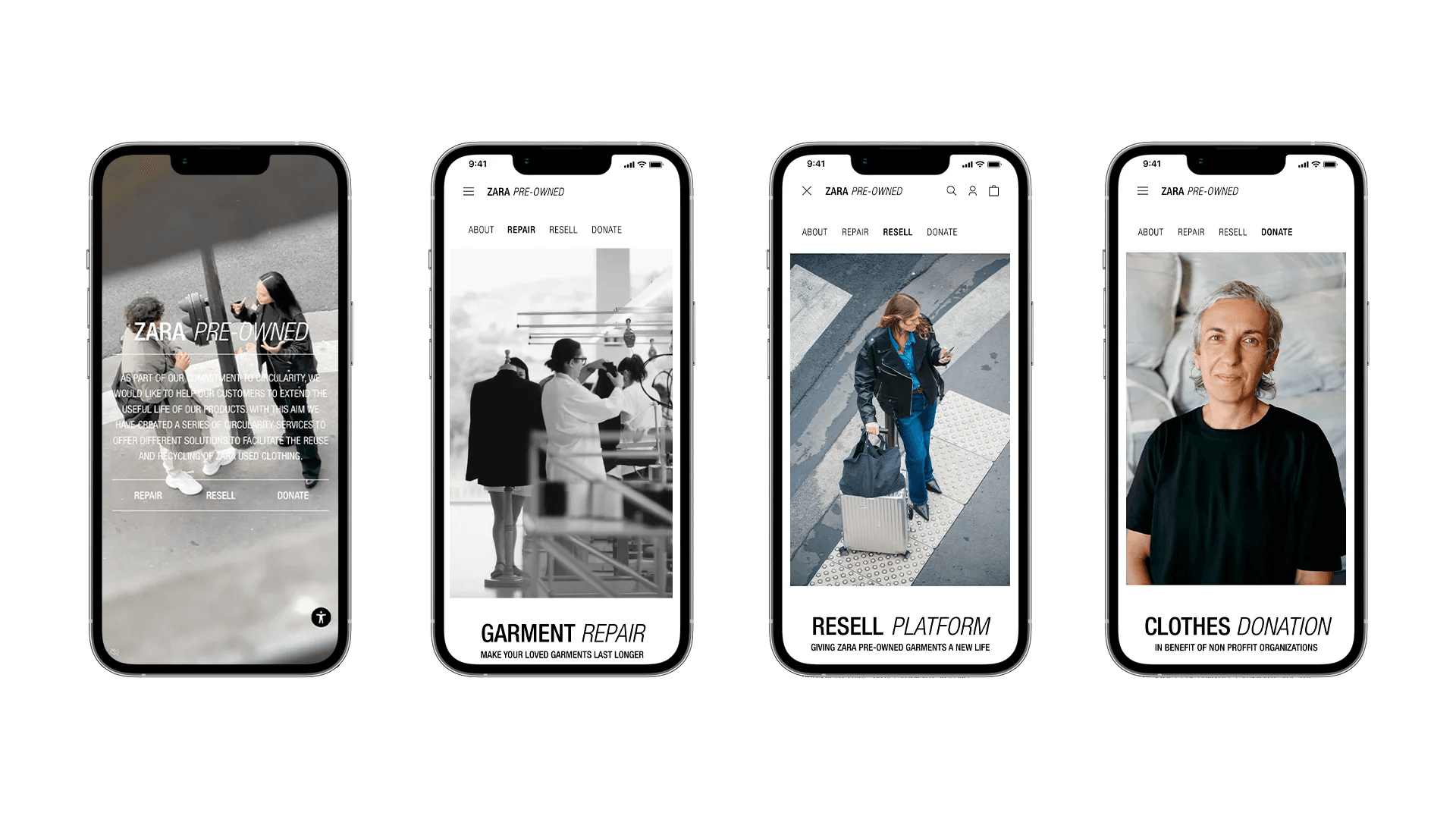
- Zara has a mix of reviews for its fashion styles and designs and even with the higher prices on the clothes, the majority of the people say they love to shop from Zara.
- The iconic fashion brand suggested by shoppers is a cheaper version of expensive brands such as Gucci, Armani Exchange, etc. This made the sales of Zara grow by 26 billion euros in 2023.
- The platform’s market is quite diverse accounting for 10 countries with 71.5% of online revenue, and many smaller markets round out the rest.
- Zara offers both in-person and hybrid shopping experiences to its customers thereby giving them another reason to pursue the brand.
- Inditex’s (the parent company of Zara) actions, which put quality before quantity, have the potential to help Zara become known for more than just its fast-fashion labels.
- The Zara Online Fashion App is straightforward to use and boasts an intuitive UI. Users of iOS and Android may access it. With the app, you can find retailers, explore the newest collections, examine product details and photos, and verify stock availability.
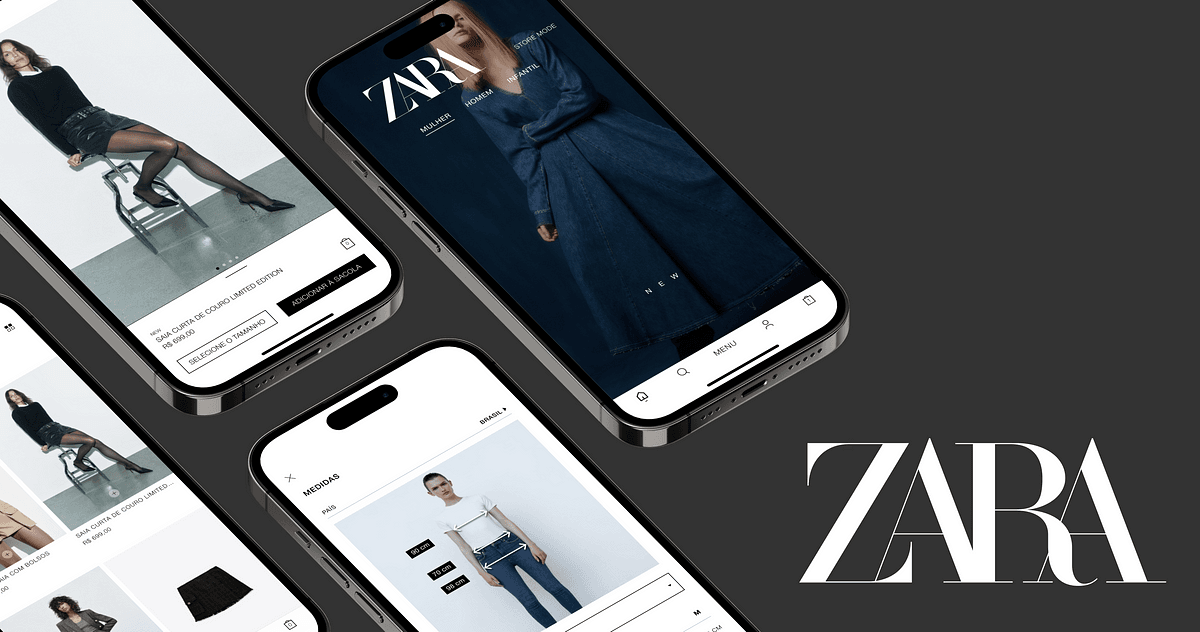
Additional Interesting Stats to Know:
- One of the top reasons why customers are attracted to this trending eCommerce app is due to its appealing product photography. The images reflect a clear, well-lit, and accurate product which enables shoppers to place an order. Because of this attention to detail, customers are less inclined to return things which ultimately makes Zara a popular item in the fashion market.
- There are several ways to pay at Zara. Consumers find it easier and more convenient to pay with a range of choices available to them. We accept gift cards, PayPal, Apple Pay, MasterCard, Visa, American Express, and Visa.
- Since nobody enjoys having to pay for a delivery, all orders over $50 at Zara qualify for free standard shipping. Furthermore, the standard shipping charge is just $5.95. In addition, returns are easy and best of all, free if for any reason you’re not happy with your purchase! Simply print a pre-paid return label from the app or website, then mail it to any UPS location to return merchandise.
- Zara has made sure that by providing multilingual services, the company draws customers from all over the world. Currently, the app is supported in 20 languages in 47 different countries. By doing this, the brand can reach new demographics and overcome the language barrier.
- The mobile app for Zara has an AR fitting tool. To bring any item in the store to life, the consumer merely needs to point their camera at it. A 3D hologram of the wearer will be displayed by the app when it has scanned and read the item.
We guess by now, you are thrilled to get started with your very own eCommerce mobile application. So, without any further ado, let’s skip to the necessary steps!
How To Create an eCommerce Fashion App Like Zara?
You may create a successful fashion mobile app that appeals to your target market by following these steps.
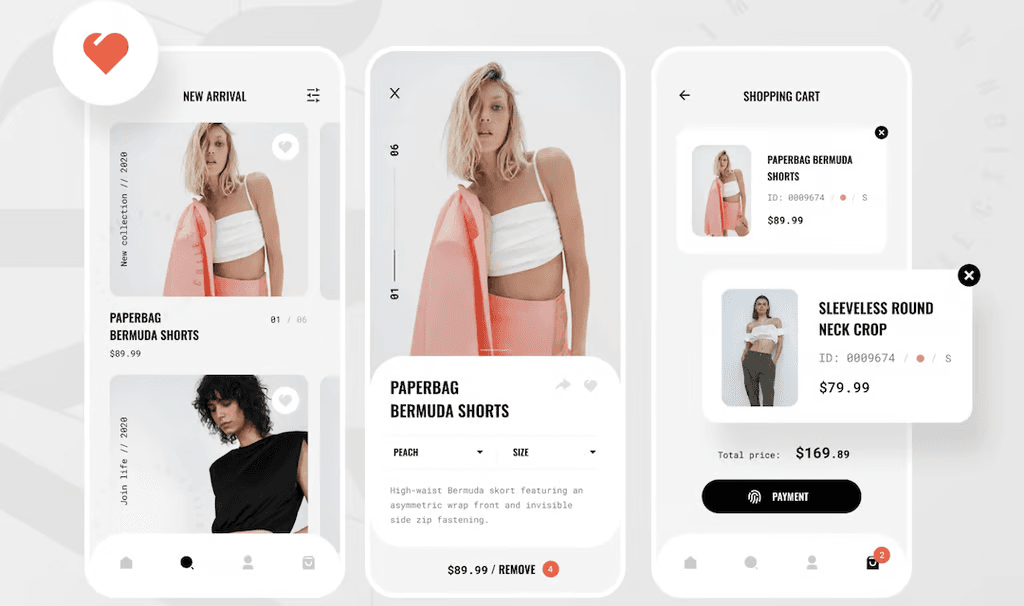
1. Identify the Objectives and Target Market for Your App
Establish the goal of your app and the demographic that it is intended for. What functions will the app have, and what issues will it help your users with?
2. Select a Platform for Development
Select the platform—iOS or Android, for example—for your development. As an alternative, you may choose to use Flutter or React Native for cross-platform development.
3. Construct a Wireframe
A wireframe is a graphic representation of the functionality and structure of your program. It will assist you in organizing the user interface and experience of your app.
5. Create the App
The app may be developed by your development team after you have a wireframe. Meet often with your team to go over progress, offer criticism, and make sure the app accomplishes your objectives.
6. Updating and Maintaining the App
You still have work to complete after opening the app. To keep the app useful and relevant for your users, keep it updated and maintained.
Features To Keep In Mind When Creating an eCommerce App Like Zara
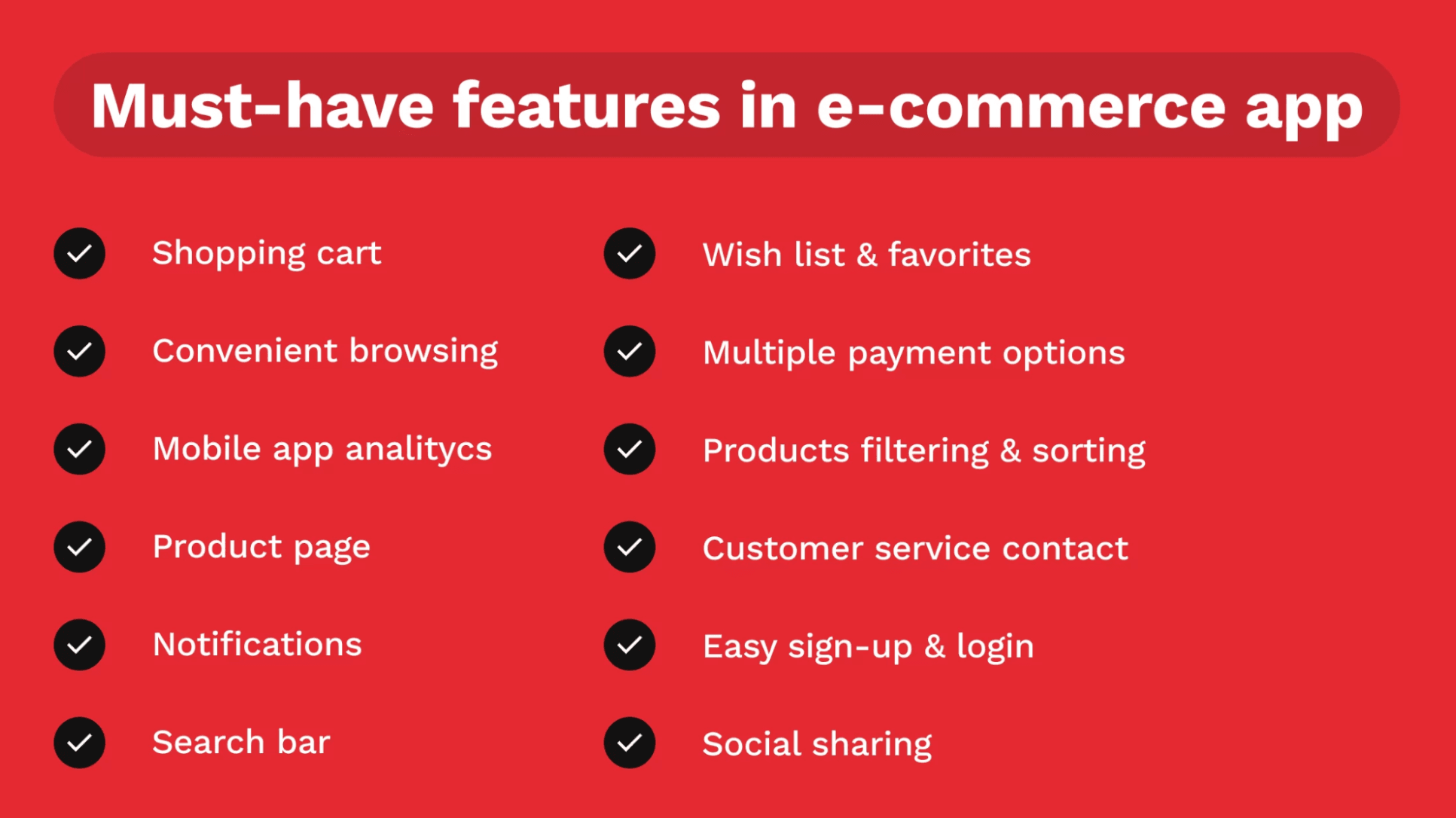
We have tried keeping this section as simple and easy to understand as possible. So here’s the feature list of your eCommerce fashion app divided into two categories Admin and Customer which include basic and advanced features.
Admin Features:
1. Product Management:
Add, modify, and remove goods, Control the subcategories and categories of products, Define the product’s size, color, pricing, and other characteristics. Track the amount of products in stock.
2. Order Management:
View and manage incoming orders. Process orders (approve, cancel, or modify). Generate invoices and packing slips. Manage order status updates and notifications.
3. User Management:
View and manage user accounts. Monitor user activity and order history. Handle user inquiries and issues.
4. Content Management:
Manage static content (about us, policies, etc.). Update banners, promotional content, and featured products. Schedule and manage promotional campaigns.
5. Analytics and Reporting:
Monitor sales performance and revenue. Track website traffic and user engagement. Generate reports on popular products, customer demographics, etc.
Also read: How to Create eCommerce Content That Converts into Sale?
6. Push Notifications
Since retail therapy is a real thing, one of the most popular applications on most people’s phones is a fashion app. Push notifications may assist app owners tell their consumers about crucial information such as new collection launches, specials, and other updates, even though users may only occasionally open and scan the app.
Advanced Admin Features:
1. AI-powered Product Recommendations:
Use machine learning algorithms to suggest products based on user behaviour and preferences.
2. Supplier Management:
Oversee supplier relationships, keep tabs on supplier inventories, and automate restocking procedures.
3. Integrations
For more efficient operations, integrate with outside services like shipping companies, CRM programs, and accounting software..
4. Marketing and Promotion Tools
An application needs to provide functionalities that facilitate users and administrators in promoting it across several platforms. Users may instantly send their friends links to any goods thanks to social media integration.
User Features:
1. Registration and Login:
Create accounts or log in using social media. Access personalized features such as order history and saved preferences.
2. Browsing and Shopping:
Explore products by category, search, or filter. Add items to the cart and proceed to checkout.
3. Payment and Transaction:
Securely complete purchases with various payment options. Track order status and receive notifications.
4. Account Management:
View and edit profile information. Manage addresses and payment methods. Access order history and track shipments.
Advanced User Features:
1. Augmented Reality (AR) Try-On:
ATry-On with Augmented Reality (AR): Make advantage of AR technology to enable people to virtually try on accessories or apparel.
2. Social Commerce Integration:
Give consumers the option to post straight from the app to social networking sites about their purchases, ratings, or wishlists.
3. Customized suggestions:
Provide product suggestions that are tailored to the user’s tastes, browsing history, and prior purchases.
4. Voice Search and Navigation:
Implement voice-enabled search and navigation for a hands-free shopping experience.
5. Gamification:
With the aid of a mobile app development company in USA, you can improve your eCommerce app’s user experience and administrative administration by adding these cutting-edge capabilities, increasing its competitiveness and marketability.
Tech Stack You Need in Creating an eCommerce Fashion App Like Zara
As a fashion app business owner, our main goal is to give a seamless user experience that draws engagement through smooth browsing and hassle-free checkouts. These are the following tech-stack that Zara used in its web and mobile app development services.
1. Front-end Technologies:
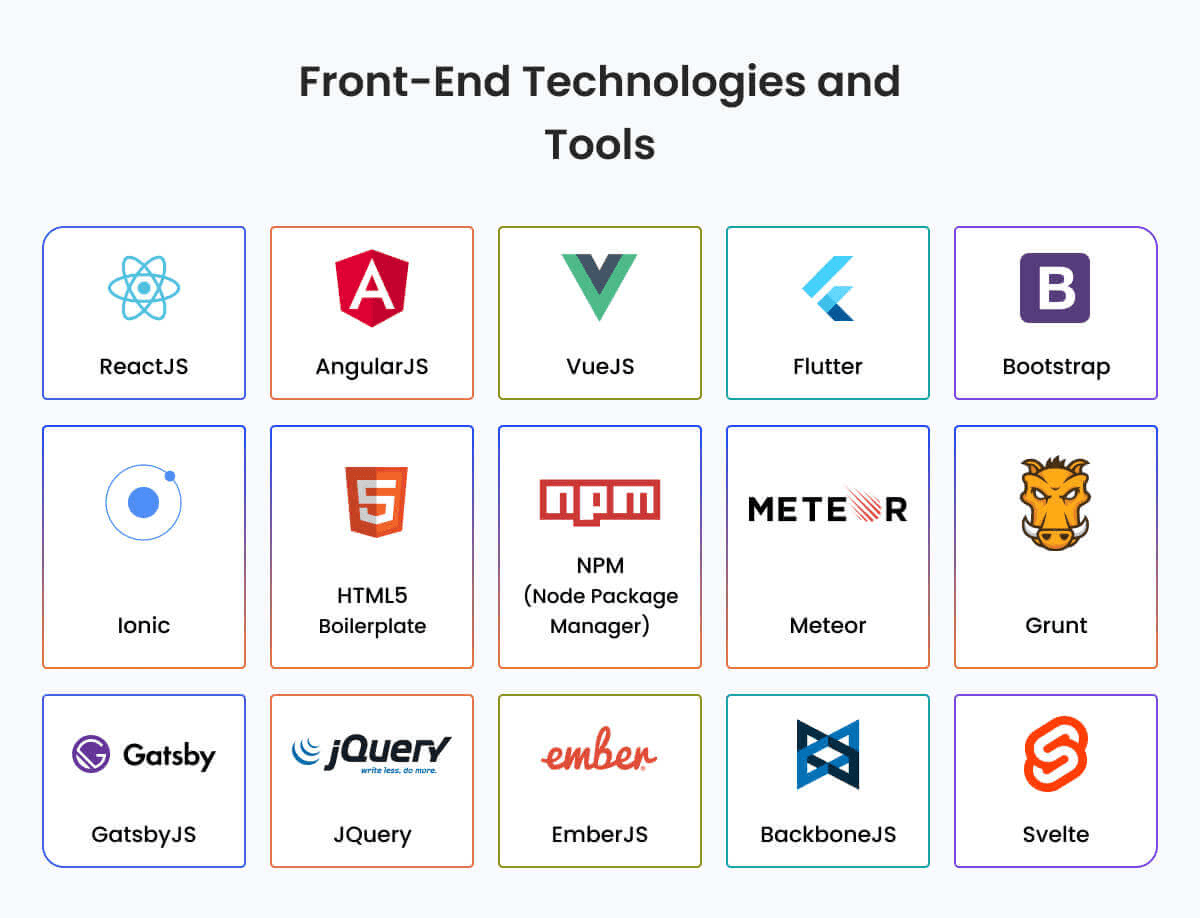
HTML:
The foundation of Zara’s websites is HTML (HyperText Markup Language). It gives webpage structure and enables document formatting and organization. HTML defines the many content kinds on a webpage, including headers, paragraphs, tables, links, and pictures, using a variety of tags and components. HTML is a simple yet powerful language that is essential to web development. It is essential to learning more complex web technologies like CSS and JavaScript and is supported by every browser.
CSS:
Zara uses CSS (Cascading Style Sheets) to improve the look of their websites. It offers the design elements of a webpage, such as the arrangement, hues, typefaces, and animations. There are three different ways to apply CSS: inline, internal, and external. Each has a special use. Because of the cascading nature of the style sheet, developers can apply distinct styles to identical HTML elements, and the browser will hierarchically interpret these styles.
JavaScript:
The Zara tech stack is not complete without JavaScript. It gives the web pages interaction by allowing them to handle multimedia, update dynamic content, and react to user activities.
jQuery:
For quicker web development, jQuery streamlines animation effects, event handling, HTML page navigation, and async javascript interactions. Because of its cross-browser interoperability, creating browser-specific code is no longer necessary to assure consistency across many platforms. Additionally, jQuery boasts an enormous plugin library and community that provide a plethora of pre-made solutions for typical web development jobs.
AngularJS:
This JavaScript-based framework is employed because it can expand the vocabulary of HTML, making the environment more legible, expressive, and rapid to create.
React.JS:
In the Zara tech stack, React.js, another JavaScript package, is included for creating reusable user interface components. This offers a quick, scalable, and easy way to handle complicated user interfaces. It enables programmers to design sizable web apps that, in reaction to data changes, may render and update quickly without requiring a page reload. Its utilization of a virtual DOM to enhance app performance is one of its distinctive characteristics. React’s component-based architecture also encourages readability and reusability, which facilitates codebase scalability and management.
2. Backend Technologies:
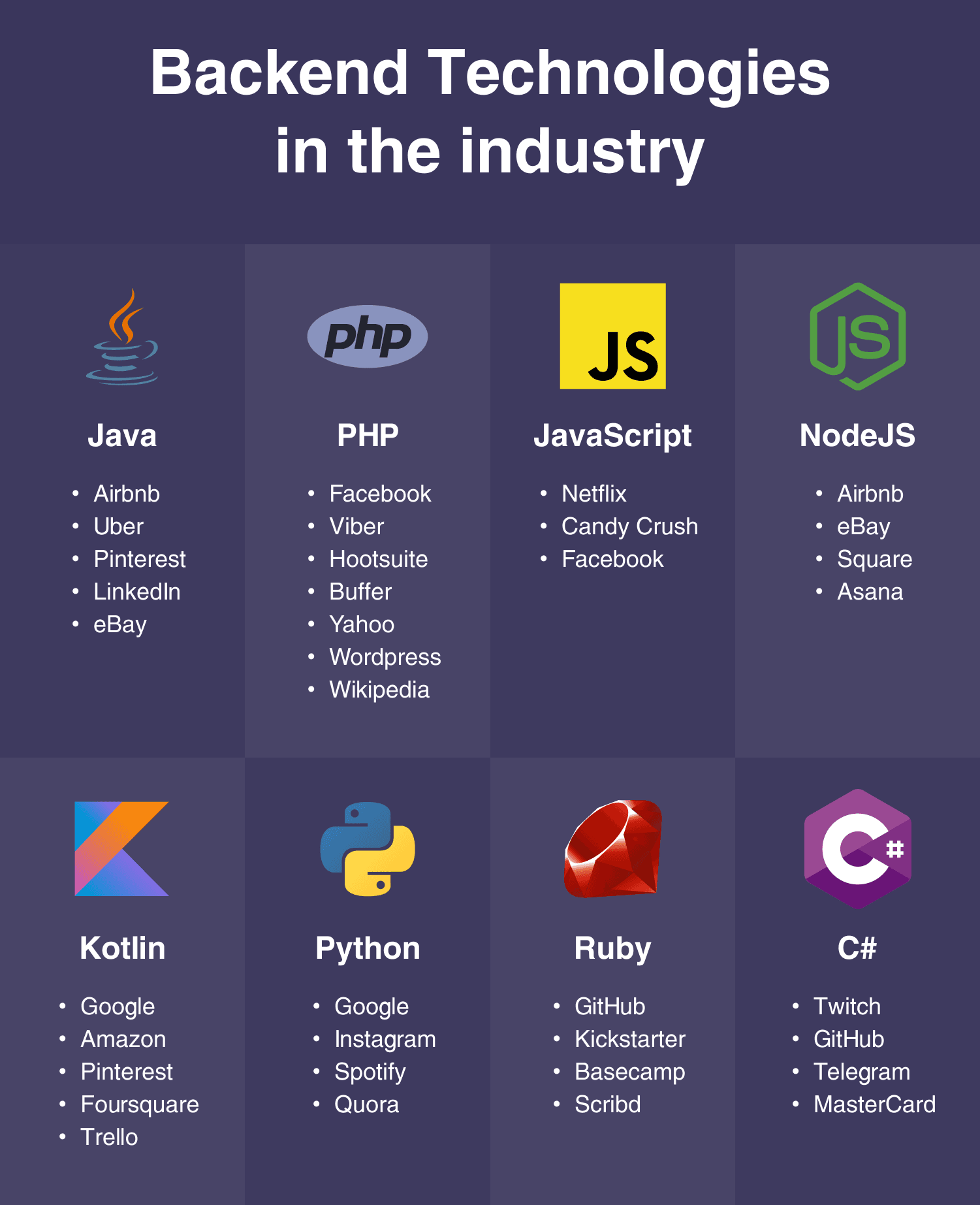
Big Data and Analytics:
Zara leverages big data analytics to mine its massive data set for insightful information. It supports Zara’s efforts to better analyze consumer behavior, forecast fashion trends, adjust price policies, and enhance overall company performance.
SAP ERP:
Finance, accounting, procurement, supply chain, and human resources are just a few of the company operations and activities that SAP’s modular software simplifies into a single, all-inclusive system. It was the first system that gave users the freedom to create any module or component and select the features that best suited their needs as a business.
SAP may be implemented and designed in a variety of ways, including on-premises, cloud-based, or hybrid solutions. The particular needs and internal workings of a business will determine the features and procedures that an ERP handles.
NodeJS:
An open-source, cross-platform JavaScript runtime environment is called Node.js. It is a well-liked instrument for practically any type of undertaking!
Outside of the browser, Node.js powers Google Chrome’s core, the V8 JavaScript engine. This enables the high performance of Node.js.
A Node.js application doesn’t start a new thread for each request; instead, it operates in a single process. Blocking behavior in JavaScript code is avoided by Node.js’s standard library, which includes a set of asynchronous I/O primitives. Additionally, libraries created in Node.js are often designed to avoid blocking, thus blocking is the exception rather than the rule. Because of Node.js’s versatility, web apps and API developers use it extensively.
Artificial Intelligence and Machine Learning:
Zara leverages these technologies to provide automated customer support, customization, and predictive analytics. With the use of these technologies, Zara can forecast market trends, provide tailored product recommendations to clients, and use chatbots to offer immediate customer service.
What is the Cost of building an eCommerce App Like Zara?

To build a fashion app like Zara, the average cost starts from $55,000.
Nonetheless, the whole expense may range from $40,000 to $70,000. A fashion app with less features—also referred to as a minimum viable product, or MVP—will cost less than one with all of the planned features.
The process of developing an app has several components that go into determining its cost. A few of them are mentioned below:
- The location of the application developers
- Employees developing apps for the project
- The amount of time needed to build the app
- How many hours were invested in the project?
- The number of features included in the application
- UI/UX and the application’s design
Conclusion
These were the factors needed to start building an eCommerce fashion app similar to Zara. With constant efforts and market strategies, your retail business can also become as competitive as Zara. All you have to do is do your research painstakingly and find the right mobile app development company that equips you with the latest technology and modern algorithms that further enable you to grow and expand your business worldwide.
Hire DianApps for your eCommerce app development services to establish your dreams and make it a big business with effective efforts.


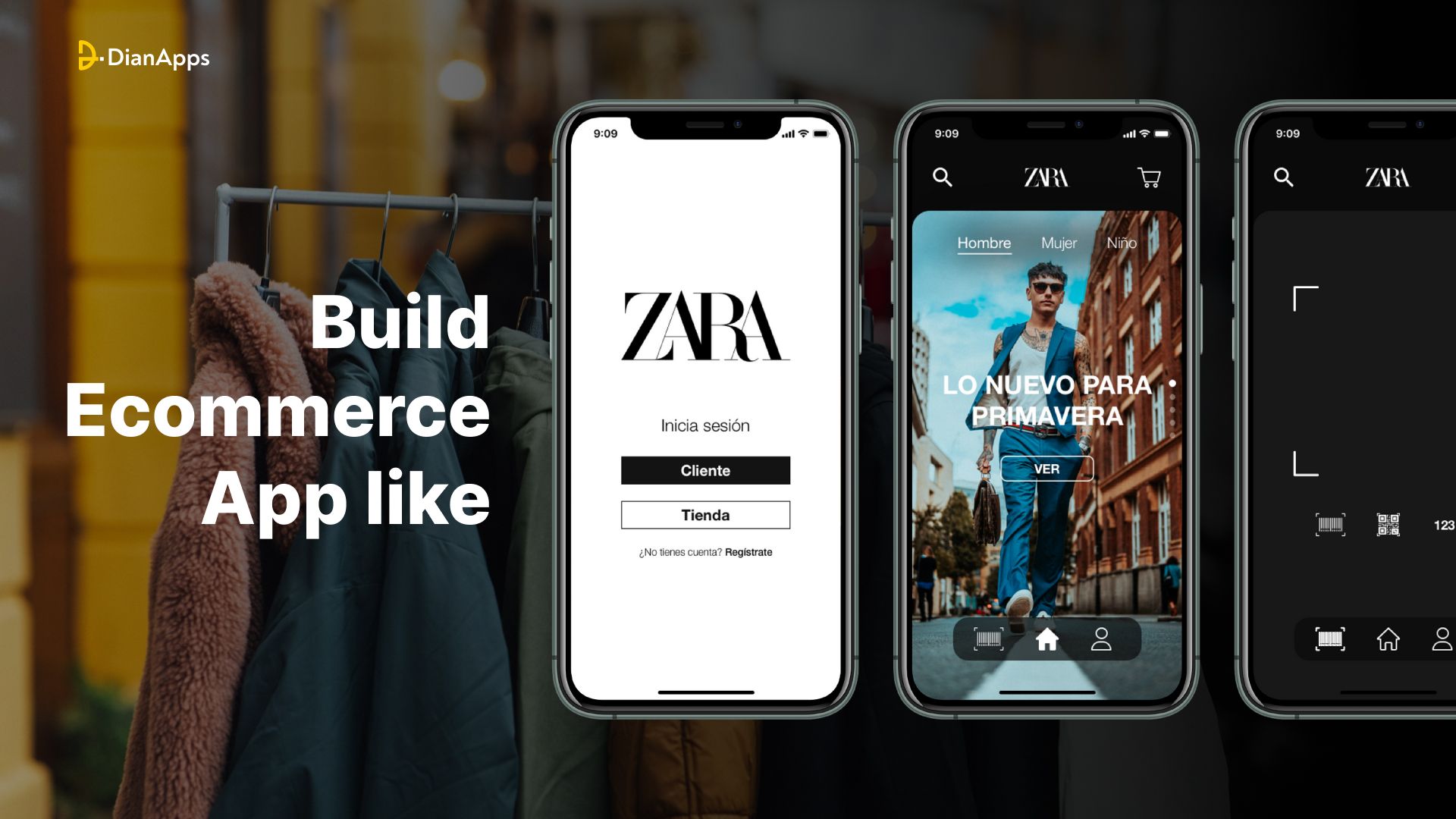







Leave a Comment
Your email address will not be published. Required fields are marked *